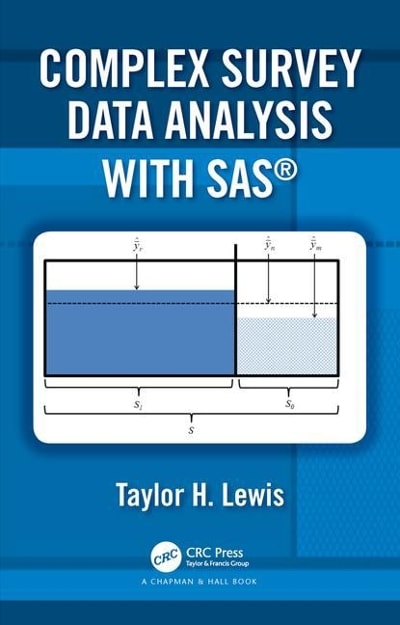Answered step by step
Verified Expert Solution
Question
1 Approved Answer
Given the graph below, find the following: (0, 6.4) (1.088, 7.568) (-5,0) (4, 0) (8, 0) (-2, 0) (-3.735, -3.984) (6.397, -7.354) a) Absolute Maximum








Step by Step Solution
There are 3 Steps involved in it
Step: 1

Get Instant Access to Expert-Tailored Solutions
See step-by-step solutions with expert insights and AI powered tools for academic success
Step: 2

Step: 3

Ace Your Homework with AI
Get the answers you need in no time with our AI-driven, step-by-step assistance
Get Started


